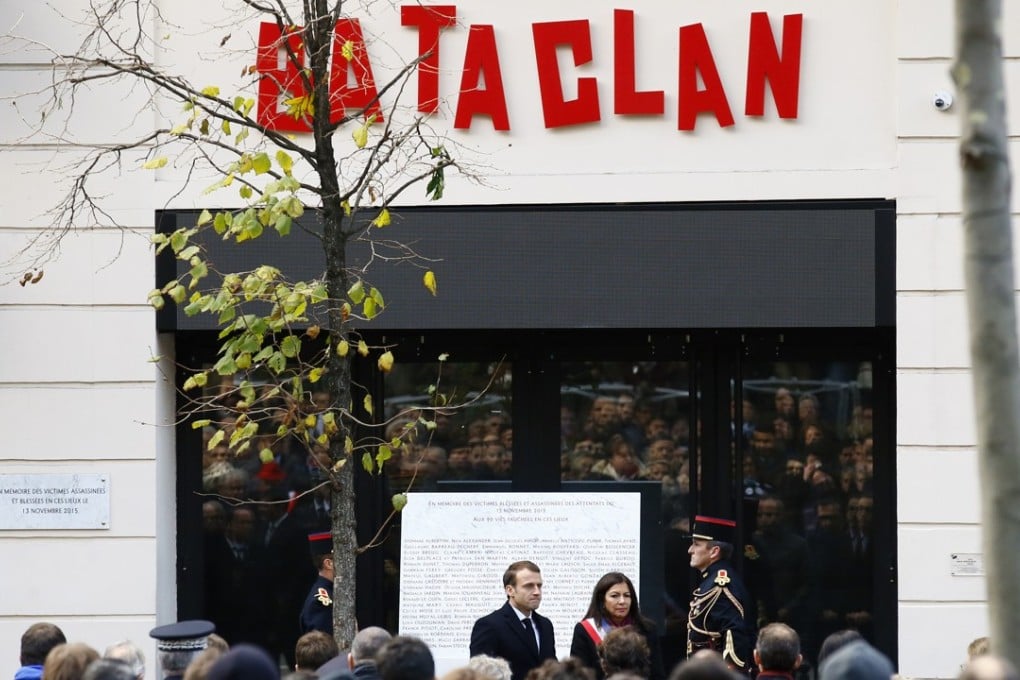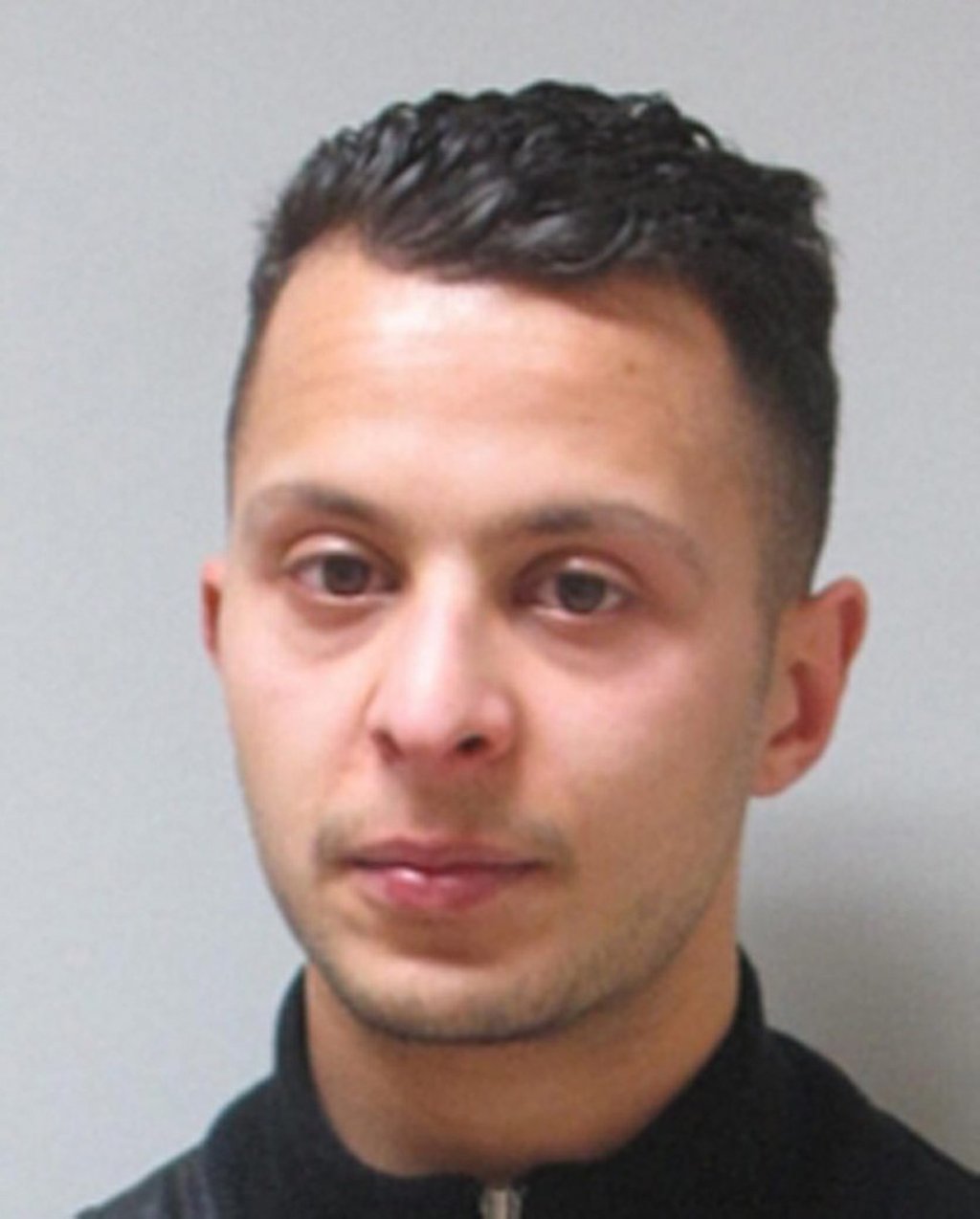For sole survivor of Paris terror cell, the road to Islamic State began with a life of crime
Salah Abdeslam goes on trial this week, becoming the only member of the terrorist cell linked to the carnage in Paris and Brussels in 2015 to face court

He is the silent survivor of the 10-man Islamic State cell that terrorised Paris in November 2015, refusing all pleas to shed light on the attack that killed 130 people in the French capital or the one in Belgium four days after his arrest.
After spending nearly three years jailed in isolation, Salah Abdeslam is set to go on trial Monday in his hometown of Brussels for his role in a shoot-out with police during which he fled. The man who covered his getaway with a spray of automatic gunfire died. Abdeslam’s escape was short-lived – he was captured on March 18, 2016, in the same neighbourhood where he and many of his Islamic State fighter colleagues grew up.

Abdeslam, who along with his brother was suspected of dealing drugs from the bar they ran, is the starkest example of that convergence. But in Paris, the trial of three men accused of giving safe haven to the attackers also provides a revealing look at the intersection that made possible two of the deadliest terror attacks in Europe since World War II.

who followed him into IS were small-time criminals themselves, part of the extremist organisation’s deliberate attempt to make use of “skills” that include accessing black market weapons, forging documents and handling covert logistics.
